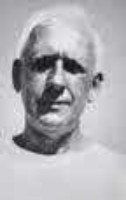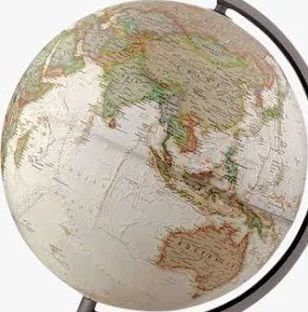



“They all are talented athletes who play a smooth game and use their bodies well although occasionally they commit fouls; they have a remarkable domination on high balls which can be paralleled only by the great British and especially Scottish professional teams, whose way of playing perhaps they follow, but without monotonous precision and with much more vitality and enthusiasm. The full backs get rid of the ball with power and assurance; the midfield line defends, mixing very well with the fullbacks and giving remarkable help to the forwards, who have a wonderful kick that they utilize for passes and for sending high balls in to the goal area to exploit their superior heading capacities.””
“They crippled Douglas, deliberately, they broke Tracey’s leg, they hit Auld.”
“They all are talented athletes who play a smooth game ................., which can be paralleled only by the great British and especially Scottish professional teams.””
